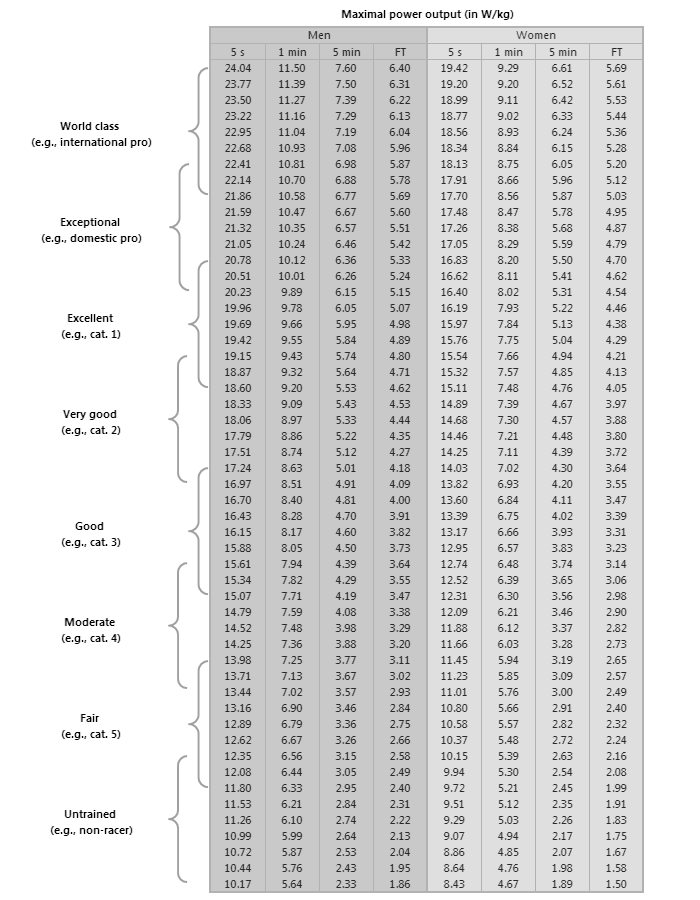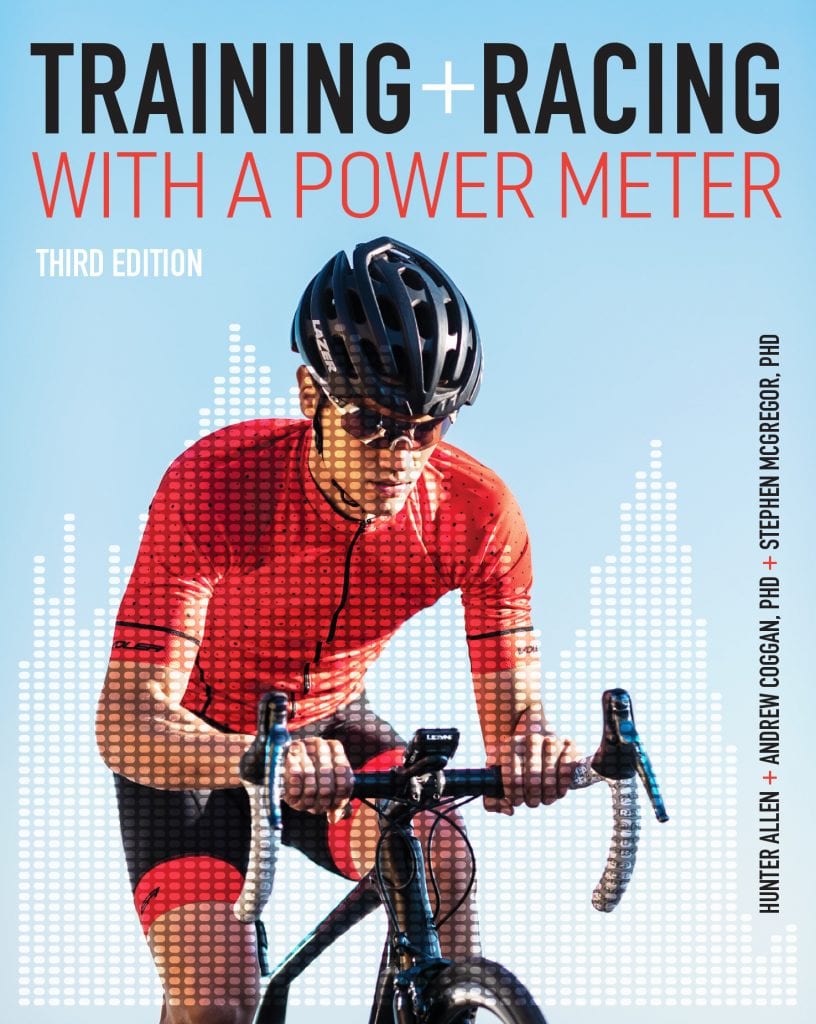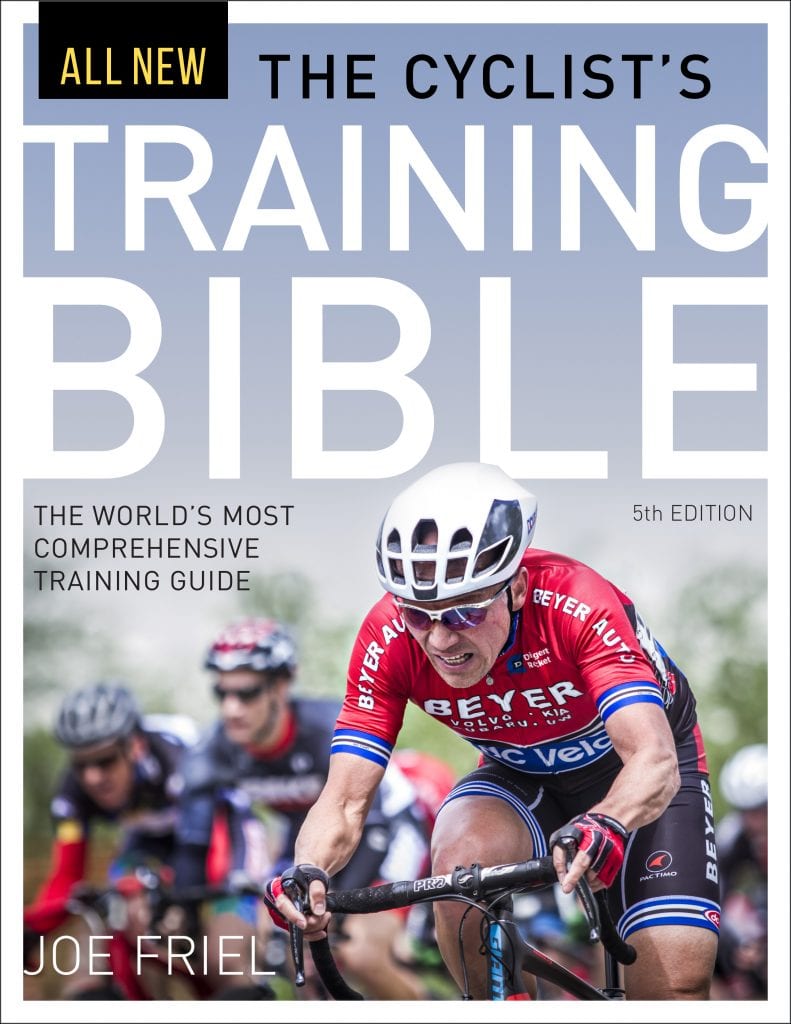Many riders discover their FTP for the first time on Zwift. And once they’ve done that, the next question is usually, “Is my FTP good?”
There are many ways to answer that question, but let’s start by saying the most important thing is that you’re working to get stronger, no matter your fitness level. Constantly comparing yourself to others can be discouraging, since there’s always stronger riders out there!
That said, let’s look at two ways to compare your FTP to others, so you can see where you stand in the universe of cyclists.
A Quick Intro to FTP
If you’re new to riding with power, you’re probably unfamiliar with the FTP (functional threshold power) as well. Read “All About FTP and Why It Matters On Zwift” to learn the basics of this important cycling metric.
Method 1: Coggan’s Chart
Here’s a handy chart showing typical power numbers for various categories of cyclists in real-world racing. (The “FT” column is your FTP number.) This chart was originally created by Andy Coggan.
The numbers are in watts per kilogram, so you’ll need to know your weight in order to calculate your FTP in w/kg.
Example: if you weigh 75kg and have an FTP of 250W, your FTP w/kg would be 250/75=3.33

This is a useful chart if you race IRL, or want to begin doing so. It helps answer common racer questions. Are you racing the “right” category? Are you underpowered for your category, overpowered, or in the right place? And what sort of potential do you have as a racer given your current fitness level?
The chart can also help you spot weaknesses holding you back from top race results. Two examples:
- If you’re racing as a cat 4 but have a cat 2 FTP, this might indicate a lack of racing skill. Perhaps you ride very efficiently, wasting that cat 2 power and thus allowing yourself to be beaten by smarter cat 4 riders.
- If your FTP places you in cat 3, but your 1-minute power places you in cat 5… you need to train that 1-minute power!
Method 2: ZwiftPower’s Critical Power Charts
If you’ve signed up for ZwiftPower (highly recommended for all Zwifters), the site has built a power profile for you based on your ride history. This includes a chart showing your highest 20-minute average power in the past 90 days.
Note: 20-minute power is a good proxy for FTP. Just reduce it by 5% to estimate your FTP – so a 300W average power would work out to a 300 x .95 = 285W FTP.
How does your FTP rank? Mouse over the two 20-minute bars to see a percentile ranking against a sampling of “serious cyclists”. (More on those numbers here. The percentile grade is split by gender.)

For more on ZwiftPower’s critical power charts, see our post “All About Your Critical Power Chart on ZwiftPower“.
What Next?
Looking to improve your FTP? Of course you are! There are plenty of resources available to guide you, but you’ll have to put in the work!
Zwift has FTP Booster training plans, and here are the two most popular books around for helping cyclists train smart with power – increasing not only your FTP but your overall racing fitness!
Questions or Comments?
We hope this post helps to the “how good is my FTP” questions. Got FTP-related questions or comments? Share below!



